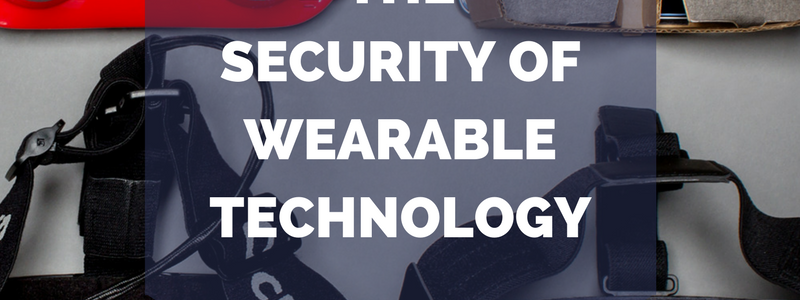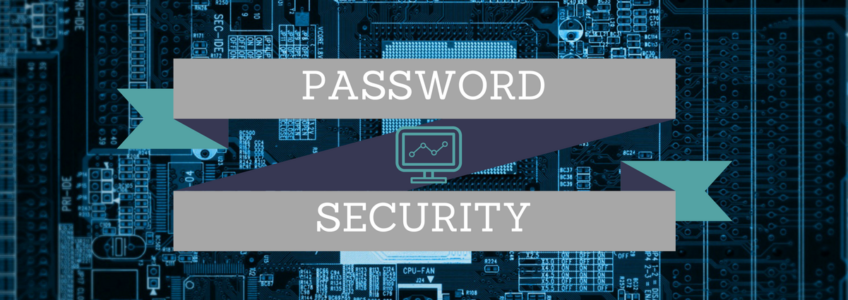Cybersecurity Stress-Testing: Don’t Stress About Your Company’s Safety
The rates at which cyber crimes have been growing in the past year are astronomical. Ransomware cases more than doubled in the last half of 2016 alone, over 29 million personal records were stolen in data breaches, and half of all phishing scams were targeted at stealing people’s personal financial information; the persistence with which cyber criminals are trying to attack the public is most definitely not in question any longer.
With these hackers trying to get to your information on a daily, if not hourly, basis, it is important to implement strong cybersecurity defenses. But it isn’t enough to simply install some type of security and not test its strength. How do you know just how strong those defenses are anyway? You can’t know what you don’t know, and because of this, conducting a cybersecurity stress test can make your company far more secure.
Why conduct a stress test?
Before discussing some of the things to test for within these stress tests, there is the question of why you should conduct this test in the first place, as it is something that will cost your business time and money to complete? First off, the cost of recovering from an attack is far greater than the costs that go into preventing one. Not only are there the monetary costs involved, but the hit to your public image can take a drastic toll on your customer base as well. Yahoo, for example, has disclosed multiple, separate data breaches within the past six months totaling more than 1.5 billion users whose accounts were left exposed to hackers because of the company’s lack of cybersecurity.
In addition to the monetary and secondary costs of cleaning up the security mess of undergoing a cyber attack, whether it is apparent to you or not, your company has sensitive data that is valuable to hackers. When a company is hit by some cyber attack, as with the Yahoo breaches, there are negative repercussions that can affect the customers of that entity. Many victims of data breaches find that their identities have been stolen as a result of being involved in an insecure breach. When the costs expand outside of your company’s wallet, it can seriously damage others in drastic ways.
How to conduct a cyber stress test
Now that we know a couple of reasons as to why it is important to stress test, it is important to discuss how to stress test your company. There is not set-in-stone, mapped out way of completing this process, however, there are a few basics which most companies adhere to when conducting such a test, as well as some tips to keep you secure.
- Teach and test your employees — Taking the time to teach your employees about cyber threats, such as phishing which can only affect a company if an employees makes an error, is incredibly important if you want your test to be successful, and should be your first step. Employees are both your strongest asset and your greatest weakness when it comes to cybersecurity, dependent upon their awareness of cyber threats. As with sports or learning a musical instrument, once you learn the basics, practice makes perfect. J.P. Morgan is just one of the many companies that partakes in cybersecurity stress testing, and they do this by sending their employees fake phishing emails — they were even able to dupe 20% of their staff into falling for the scam. This highlights a very important part of stress testing: be sure to follow up and make sure your cyber defenses are working.
- Seek out expertise — For small businesses especially, cybersecurity can be an overwhelming, yet necessary, hoop to jump through when it comes to protecting your business. Oftentimes companies who do not have a very large staff on hand are not able to afford to keep an IT employee on the payroll, however, it can be much more economical for these businesses to reach out to someone outside of their business who specializes in cybersecurity. Stress tests don’t have to be stressful, especially when you don’t have to go it alone.
- Know your goal — The obvious overall goal of a stress test is to determine where vulnerabilities in your defenses lie and plug them before bad guys can get into your company’s network; however, it is also to minimize the impact of a potential cyber event, as cybersecurity professionals believe it is not a matter of if, but when, a company will be the next target. An important aspect of this step involves identifying the key people and functions that are mission critical to the business, and prioritizing the order in which they are addressed during incident response.
- Act on the findings — None of this work is worth it if you do not do something about it. If a stress tests’ results tell you that your store-bought firewall is not getting the job done as far as protecting you from attack, research further on things like managed firewalls and other defenses which you can implement in order to be more secure.
The point of a cybersecurity stress test is to find weaknesses and room for improvement in your company’s cyber defenses so that they can be repaired. This is such a prevalent issue that the European Union is planning on stress testing all of its banks in the neat future, as they believe that cyber attacks pose the greatest threat to their operations. If you are in need of assistance or have further questions about stress testing your company, contact Axiom Cyber Solutions at 800-519-5070 or email us at info@axiomcyber.com.
Hailey R. Carlson | Axiom Cyber Solutions | 03/07/2017










